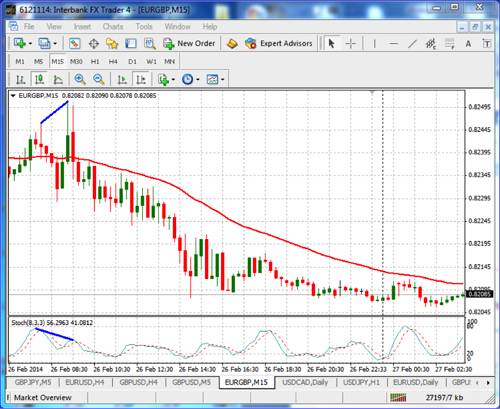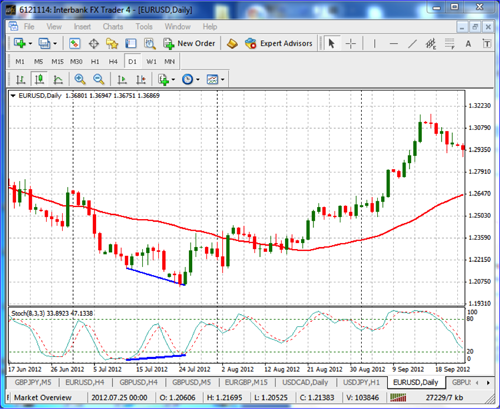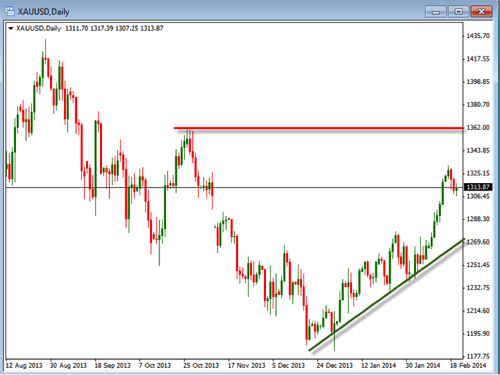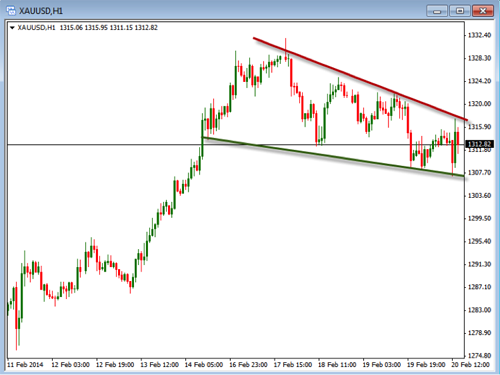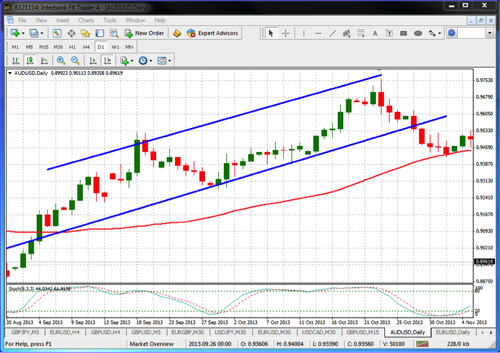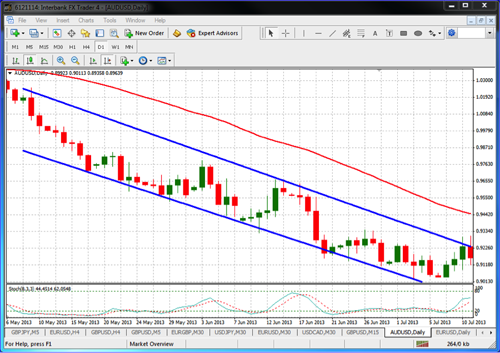Many traders are feeling the anxiety that comes from the current ups and downs of the market. The first thing to remember is that there is no such thing as a perfect market, but some markets are better to trade than others! In fact the market often cycles through periods of what I will call deliberate trading markets vs. non-deliberate trading conditions, which are more volatile. Certainly more volatile, non-deliberate trading times can increase our trading risk due to this increased volatility. Non-deliberate trading markets are defined in general as a market with the last 20 periods with unusually long candlewicks, wider ranges, trading gaps, etc. Generally speaking, a more deliberate trading market will have fewer, wide-trading days, with none or few unusually long candlewicks or unusual trading gaps.
See Figure 1 below for an example of a non-deliberate market with wider candles and longer wicks or daily trading ranges.
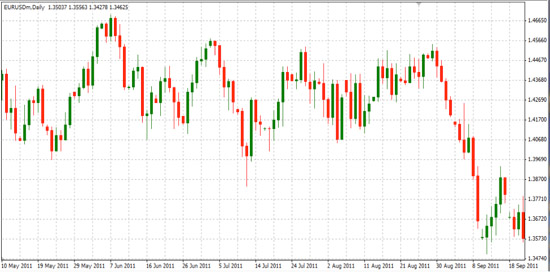 Figure 1: Non-deliberate Ranging Market
Figure 1: Non-deliberate Ranging Market
The opposite of a non-deliberate trading market is a deliberately trading, or more trending, market, with a nice trend, narrower bars, and fewer long wicks and gaps shown in Figure 2 below.
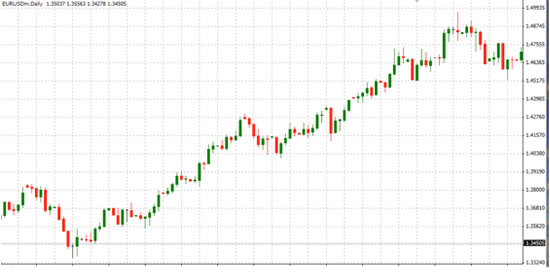 Figure 2: Deliberately Trading Trending Market
Figure 2: Deliberately Trading Trending Market
Now we would all prefer to only trade when the market is more deliberate. There is no doubt that during these non-deliberate times of market uncertainty, these can negatively affect our trading psychology or mindset, leading to fear and anxiety over our trading style and methods. Certainly there are times, like the present, when the market is more uncertain or non-deliberate than we would want. But if we allow the market to get into our heads, we’ll find ourselves overly anxious, and even too discouraged to trade.
However, if we have a good trading method, but start to question the trading methods, every time we have a loss, we may decide that it is better to sit on the sidelines and not trade at all, missing many good trading opportunities. One way that traders, especially new traders, adjust to uncertain times, like we are in currently, is to tighten the stops; however, more experienced traders understand that tightening up our stops during more volatile or rangy times can be the worst thing to do. In fact, doing so can almost guarantee that we will lose on the trades. Sometimes the idea is if we are going to lose anyway, we want to lose as little as possible. This kind of trading attitude may allow our fears to overcome logic and will lead to more unsuccessful outcomes. Still, the best level to place stops and targets are going to be based on current support and resistance levels within the current ranges.
The only real way to reduce our risk is to reduce EXPOSURE. The best way for a trader to reduce exposure in a non-deliberately trading market is by reducing position size. If we are going to reduce our position size, and we normally define our risk as 2% per trade, then we may want to consider reducing our exposure per trade to 1%, or even .5%.
In conclusion, if you are feeling anxious because of the current rangy non-deliberate market, the best thing you can do is simply reduce your position size; therefore, reducing exposure to the non-deliberate volatility. This will help to control the negative emotions of fear and anxiety that comes from trading in non-deliberate trading ranges.
